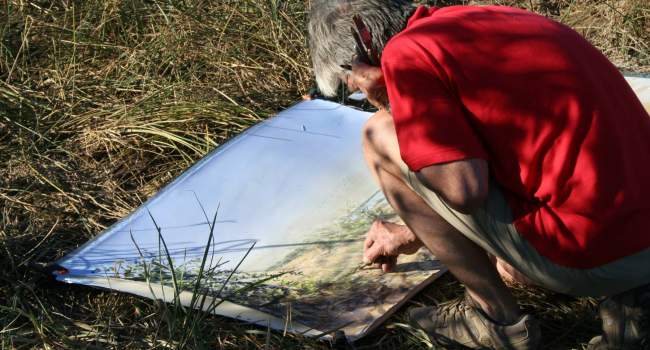Differential migration of chiffchaffs (Phylloscopus collybita and Phylloscopus ibericus) in Europe and Africa
Author(s): Catry, P., Lecoq, M., Araújo, A., Conway, G., Felgueiras, M., King, J.M.B., Rumsey, S., Salima, H. & Tenreiro, P.
Published: March 2015
Journal: Journal of Avian Biology Volume: 36
Digital Identifier No. (DOI): 10.13157/arla.62.2.2015.237
Staff Author(s)







Share this page